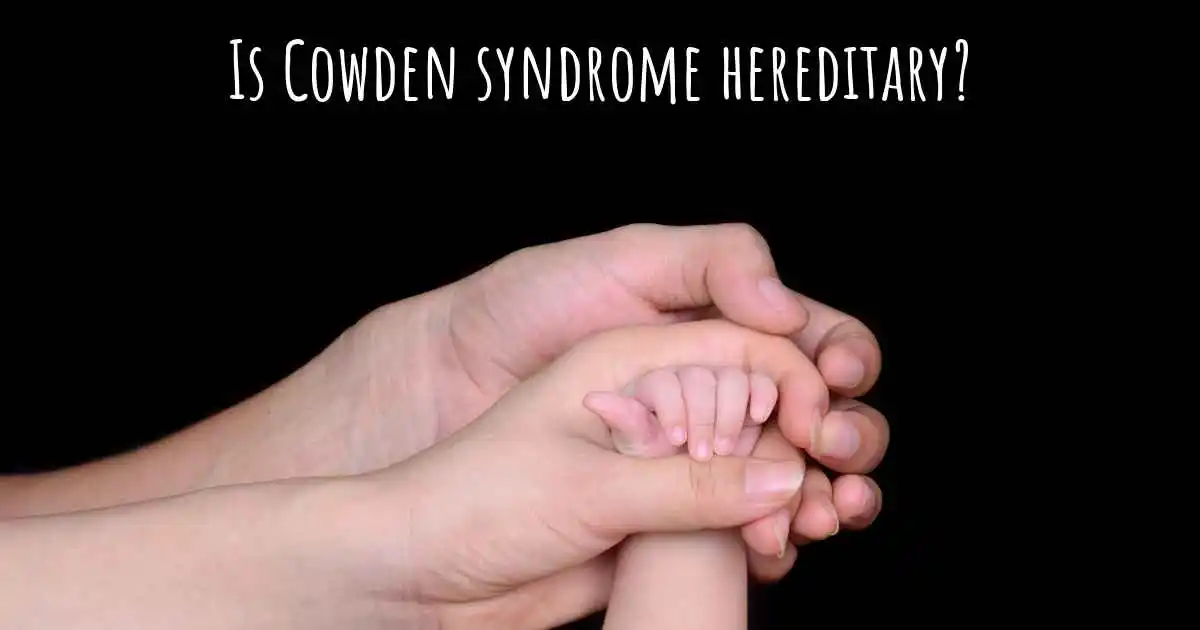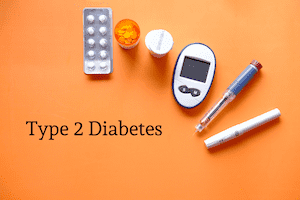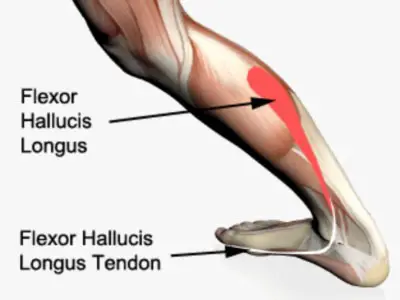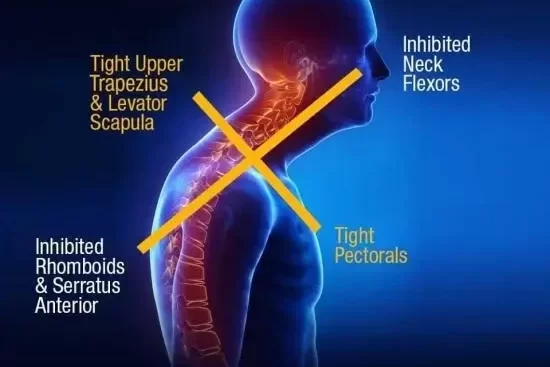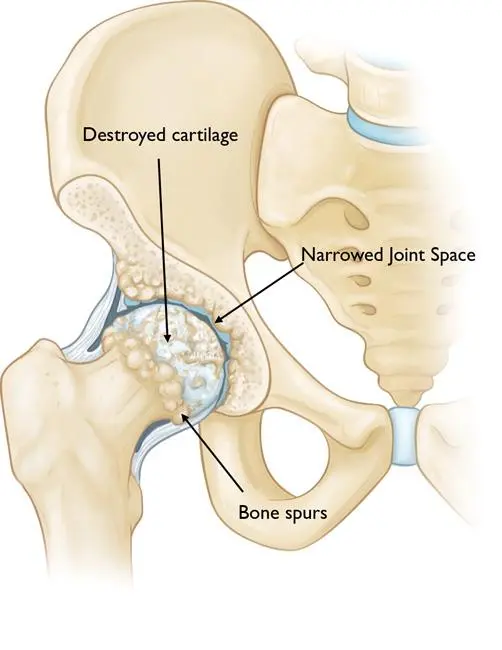Cowden syndrome
What is Cowden syndrome?
Cowden syndrome is an irregular, autosomal dominant, inherited disease in which noncancerous growths also called hamartomas on different parts of the body, involving the thyroid, breast, brain, uterus, and mucocutaneous tissues with an increased risk of malignancies. It is also called multiple hamartoma syndrome.
Other conditions that are related to the PTEN hamartoma tumor syndrome are:
- Bannayan-Riley-Ruvalcaba syndrome (BRR- diagnosed in children)
- Proteus syndrome
- Proteus-like syndrome
It is mostly misdiagnosed due to variability in disease symptoms and rare occurrences, but 99% of patients show mucocutaneous symptoms at the age of 20–29.
However it is counted as a dermatologic condition, Cowden’s syndrome is a multi-system condition that also shows neurodevelopmental disorders such as macrocephaly.
It is also important for early and regular screening for the proper treatment of the disorder to prevent malignancies.
Epidemiology
Some analyses have shown a female predominance in Cowden syndrome, and most people documented in the literature are of the white race. Some calculations show the incidence to be approximately 1 in 200,000 people.
Symptoms of Cowden syndrome
Patients with CS may have:
Skin tags
Flesh-colored growths or papules near the nose, eyes, and mouth
Wart-like papules on the back of the hands and feet
Further signs and symptoms of CS contain:
Enlarged head (macrocephaly)
Autism spectrum condition
Abnormalities of the blood vessels
Benign conditions of the breast, thyroid, and endometrium
Lhermitte-Duclos (infrequent, benign brain tumor)
Causes of CS
Cowden syndrome is a genetic condition, indicating that its generated by a gene mutation. Most frequently, the mutation happens in the PTEN (phosphatase and tensin homolog) gene that regulates cell growth. When mutated, PTEN is incapable to stop tumor growth, which raises risks for benign and cancerous tumors.
Cowden syndrome is an autosomal dominantly inherited disease, indicating the inheritance of a single gene mutation generates the disease. There is a 50 percent probability that per kid of a person with CS will inherit the disease, according to the Genetic and Rare Diseases Information Center.
In irregular instances, CS may result from mutations in further genes, involving:
- KLLN
- SDHB
- SDHC
- SDHD
- PIK3CA
- AKT1
Some patients may have CS and not know which gene, if any, caused it. Few may form CS because of a new mutation that was not inherited from a parent, but that can be passed down to their kids.
How is Cowden syndrome diagnosed?
Physicians analyze Cowden syndrome using a variety of measures that were originally developed by the International Cowden Syndrome Consortium and have been just revised over time. The different characteristics are grouped into three types: the pathognomonic measures, the major criteria, and the minor criteria.
Pathognomonic criteria are the most probable characteristics to be associated with a disease. The major and minor criteria consist of related characteristics that are not as precise to CS. The varieties assist to specify when a person has CS instead of another disease that may have parallel parts. Your doctor or provider, or genetic specialist, can look at the characteristics you have and compare them to the diagnostic measures when deciding if CS is a likely chance.
A person does not require to have all the elements in every variety to be analyzed with CS, nor does a person necessarily have CS when they have only one feature from any or all of the varieties. When making this diagnosis, it is essential to look at all of the characteristics and personal experiences over time.
- CS categories
- Pathognomonic criteria
- Mucocutaneous lesions
- Facial trichilemmomas
- Acral keratoses
- Papillomatous lesions
Major criteria
- Breast cancer
- Thyroid cancer
- Macrocephaly
- Lhermitte-Duclos disease
- Uterine (endometrial) cancer
Minor criteria
- Structural thyroid diseases (like goiter or adenomas)
- Intellectual disability/developmental delay
- Gastrointestinal hamartomas or benign tumors
- Fibrocystic breast condition
- Lipomas
- Fibromas
Treatment of Cowden syndrome
A person with Cowden condition require to undergo annual medical and physical tests, laboratory examinations, and radiographic examinations to regularly inspect for internal malignancies.
Genetic counseling of relatives is very essential, particularly for women who are at the most risk for malignant complications.
Treatment of the cutaneous features contains:
5-fluorouracil cream
Oral retinoids, generally acitretin, may temporarily maintain some of the cutaneous lesions. Lesions frequently reappear when therapy is stopped.
motor inhibitors are under examination
Surgical care of facial papules using laser resurfacing, chemical peels, surgery, and/or shave excisions.
Prognosis
The prognosis is fine, and if cancers are identified early on in the process, then a person may live close to normal life spans.
FAQ
How common is Cowden syndrome?
Frequency. Although the precise majority of Cowden syndrome is unknown, investigators calculate that it involves approximately 1 in 200,000 people.
Is Cowden syndrome autoimmune?
It is associated with mucocutaneous lesions, hamartomatous polyposis of the gastrointestinal tract, and a raised risk of developing specific varieties of cancer. In addition to the raised risk of tumor development, mutations in PTEN have also been associated with autoimmunity in both mice and people.
What cancers are associated with Cowden syndrome?
Condition at a Glance
A person who has Cowden syndrome is at a raised risk of developing specific varieties of cancer, like thyroid, breast, and endometrial (lining of the uterus) cancer. Most patients are caused by genetic modifications in the PTEN gene and are inherited in an autosomal dominant style.
What is the head circumference for Cowden syndrome?
People with Cowden syndrome may have some typical physical characteristics, involving an above-average head size (>58 cm in females and > 60 cm in males) and non-cancerous spots on their skin (trichilemmomas and papillomatous papules).
What is Cowden syndrome phenotype?
Cowden syndrome-1 is a hamartomatous condition described by facial trichilemmomas, papillomatous papules, macrocephaly, acral keratoses, and a raised risk for the development of thyroid, breast, and endometrial carcinoma.

